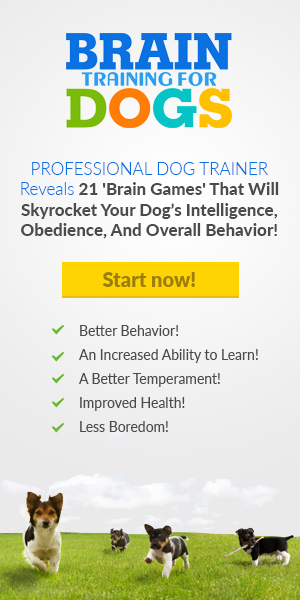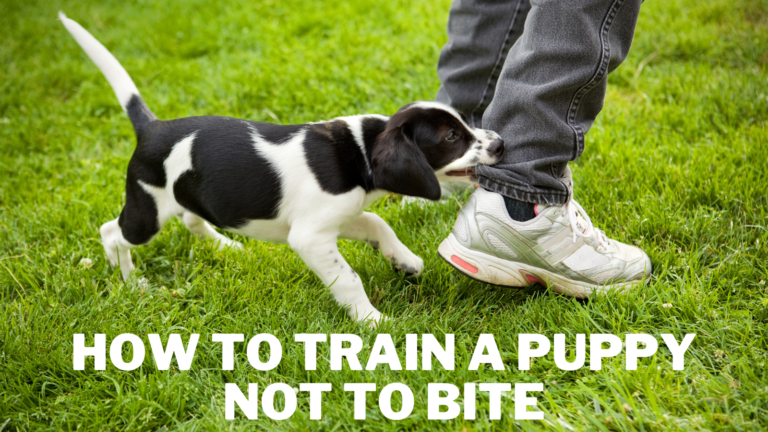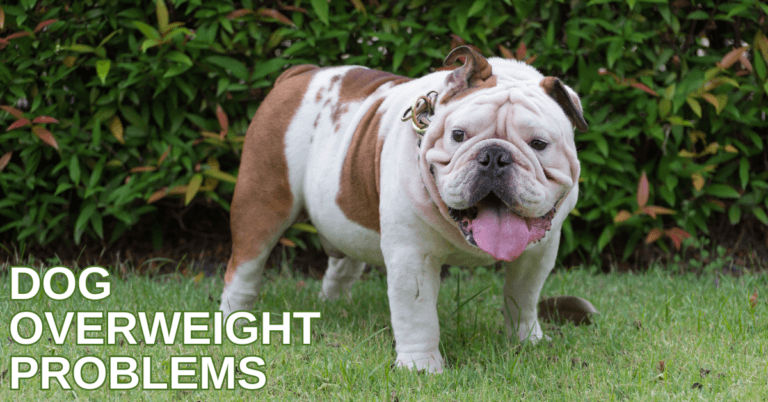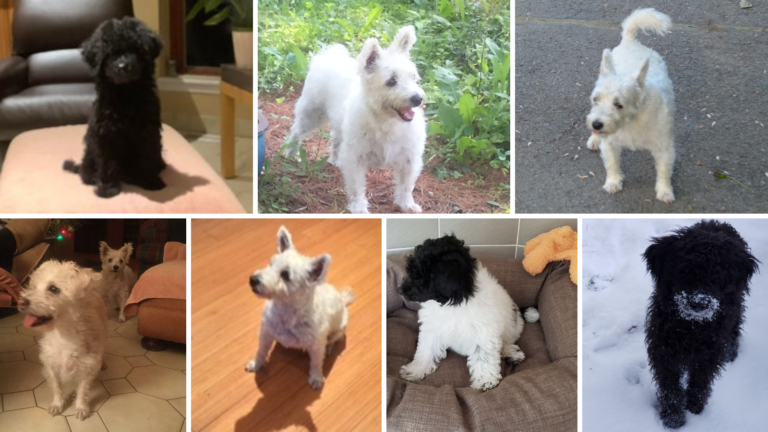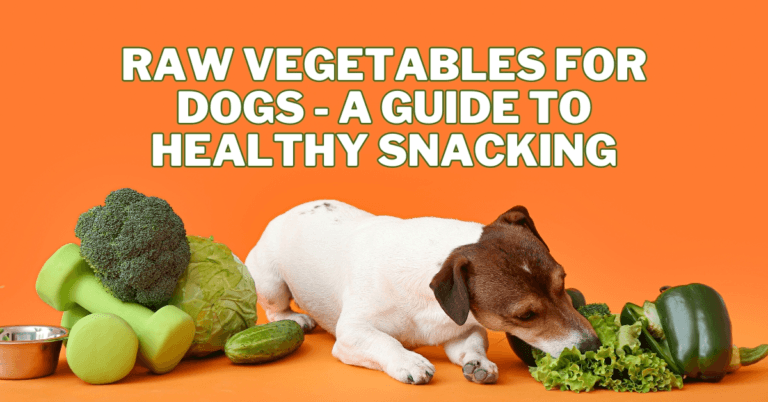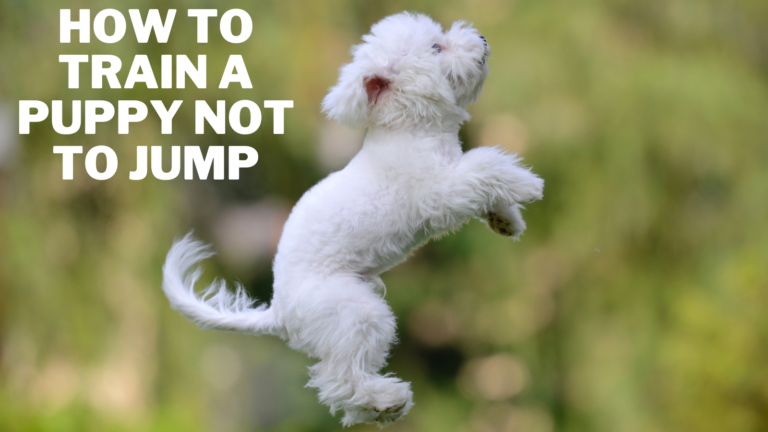Aggressive Dog Solutions – Ultimate Training
Aggressive Dog Solutions – Ultimate Training
Aggressive Dog Solutions – Ultimate Training offers the guidance you need to transform your dog’s behaviour with confidence.
Even the most difficult dogs can become well-mannered friends with the correct training, but dealing with aggression can be unpleasant.
This guide covers proven techniques, expert tips, and step-by-step methods to manage and reduce aggression. Whether it’s fear, territorial, or possessive behaviour, discover effective, aggressive dog solutions that genuinely work.

Types Of Dog Aggression
Not all aggression is the same. Identifying the type helps tailor training to your dog’s specific needs.
1. Fear Aggression
Fear aggression is the most common type, often seen in dogs who feel cornered or threatened. When a dog can't escape a scary situation, it may growl, snap, or bite in self-defence. This reaction is rooted in survival instincts.
A formerly mistreated rescue dog, for instance, may bark or lunge at people when out for a walk, particularly if they approach too soon. Addressing this type requires patience, confidence-building, and desensitization techniques.
2. Territorial Aggression
Territorial aggression occurs when a dog defends what it considers its space, like a home, yard, or even a car. Dogs exhibiting this behaviour may bark, growl, or become physically aggressive toward people or other animals who enter their domain.
For instance, a dog might become agitated and aggressive when the mail carrier approaches the house. Guard dog breeds are more prone to this type, but any dog can display it if they feel their space is being invaded.
3. Protective Aggression
Protective aggression is triggered when a dog perceives a threat to a family member or another animal it feels responsible for.
Dogs may place themselves between their owner and a perceived danger, often barking or lunging to ward off the threat.
For example, a dog might growl at someone who approaches a child too quickly in a park. This behaviour is based on loyalty but can become problematic without proper training and clear boundaries.
4. Possessive Aggression
Also known as resource guarding, possessive aggression arises when a dog becomes overly protective of food, toys, or even people. The dog may growl, snap, or bite if someone tries to take the item.
For instance, a dog might become aggressive when a person walks too close while it’s chewing on a bone. Teaching “drop it” commands and trading items for treats are essential tools for addressing this type of behaviour.
5. Social Aggression
Implementing effective, aggressive dog solutions is essential to manage social aggression and maintain harmony in multi-dog households. A socially aggressive dog may challenge others during play, at feeding time, or when competing for attention.
For example, a dog may growl or snap at another dog that tries to share the same couch space or greet the owner. Clear leadership, structure, and controlled socialization are crucial to correct this type of aggression.
6. Pain-Induced Aggression
Pain-induced aggression happens when a dog lashes out in response to physical discomfort. This can include injuries, chronic conditions, or being touched in a sore area.
For instance, an otherwise friendly dog might suddenly bite when someone tries to lift it, unaware of an underlying joint issue.
Regular veterinary care and gentle handling are vital to managing this type, along with training that helps build trust even when the dog is unwell.
7. Redirected Aggression
Redirected aggression occurs when a dog becomes overstimulated or frustrated and attacks something or someone unrelated to the original trigger.
For example, two dogs may get excited by a dog barking behind a fence, and when they can’t reach it, one may turn and bite the other.
It can also happen when a human intervenes in a dog fight. Managing triggers and teaching calm behaviours are key strategies to prevent this type of aggression.
Aggressive Dog Solutions
1. Identify The Root Cause Of The Aggression
Determine the cause of your dog's hostility before taking any action. Watch for patterns in their behaviour—do certain people, environments, or situations trigger it?
Common causes include fear, past trauma, territorial instincts, or medical issues. Even pain can provoke aggression. Avoid punishment; it usually worsens the problem.
You may design a more specialized, successful training program that meets your dog's unique needs and promotes long-term behavioural development by determining the underlying problem.
Key Points
- Observe and track behaviour patterns
- Fear, trauma, and pain are common causes
- Avoid punishment-based responses
- Tailor training to the root issue
2. Positive Reinforcement Training
Reward-based training is one of the most reliable aggressive dog solutions, helping dogs learn better behaviour through positive reinforcement and trust-building.
Reinforce calm, obedient behaviour with treats, praise, or play. This method shifts focus from punishment to motivation, teaching your dog that positive actions earn rewards.
Over time, dogs learn to associate behaviour with enjoyable outcomes, increasing trust and reducing fear-based reactions.
Consistent, gentle encouragement builds a strong emotional bond and reinforces better choices, helping even reactive dogs feel more secure and in control.
Key Points
- Reward calm behaviour with treats or praise
- Builds trust and reduces fear
- No punishment-based correction
- Encourages lasting behaviour changes
3. Practice Calm Energy
Your emotional energy directly impacts your dog’s behaviour. If you’re nervous, angry, or tense, your dog will pick up on it and may become anxious or defensive.
Practicing calm, assertive energy helps your dog feel safe and grounded. When faced with triggers, stay composed and confident.
Use a soothing voice, relaxed body language, and controlled movements. Over time, your dog learns that there's no danger and becomes less reactive, especially in challenging situations.
Key Points
- Dogs mirror human emotions
- Stay calm and assertive
- Avoid panic or loud reactions
- Builds confidence and emotional safety
4. Manage The Environment
Environmental management is one of the practical, aggressive dog solutions that helps reduce stress and supports long-term behaviour improvement. Start by removing known triggers or limiting exposure to them.
Set up a calm, quiet space for your dog to retreat when overwhelmed. Use gates, crates, or leashes to maintain safe boundaries. Walk in low-traffic areas or during more peaceful times.
Environmental management isn’t a permanent solution, but it supports training by reducing anxiety and providing structure. As your dog progresses, you can gradually reintroduce triggers with positive associations.
Key Points
- Remove or limit triggers
- Create a safe retreat space
- Use tools like leashes or crates
- Gradual reintroduction of stressors
5. Consider Medication
For some dogs, aggression stems from neurological imbalances or extreme anxiety. In such cases, training alone may not be enough.
Veterinarians or veterinary behaviourists can prescribe medications—like SSRIs or anti-anxiety drugs—to help regulate brain chemistry. Medication should be part of a broader training and management plan, not a standalone fix.
It can reduce emotional reactivity, making dogs more receptive to learning. Constantly monitor your dog closely for side effects and adjust treatment as needed under professional guidance.
Key Points
- Used when behaviour doesn’t improve with training
- Must be prescribed by a vet
- Works best with training and behaviour plans
- Reduces anxiety and improves learning focus
6. Exercise And Socialization
Regular exercise and careful socialization are key aggressive dog solutions that help reduce fear and channel excess energy into positive behaviour. Daily physical activity—like walking, running, or structured games—helps your dog burn off stress and stay calm.
Equally important is socialization. To foster confidence and lessen fear, gradually acquaint your dog with new people, animals, and environments.
Keep sessions controlled, short, and positive—reward calm interactions to reinforce positive behaviour. Over time, dogs learn to navigate the world without reacting aggressively.
Key Points
- Burn excess energy with daily exercise
- Controlled socialization reduces fear
- Reward calm interactions
- Builds emotional resilience and trust
7. Avoid Punishment-Based Training
Using fear or force to correct aggression often worsens the issue. Hitting, yelling, or using shock collars may suppress behaviour temporarily but increases anxiety, fear, and distrust.
Instead, reward positive actions and redirect bad behaviour without punishment. Dogs learn better in a safe, encouraging environment.
Punishment-free training fosters trust and communication, making it easier to reshape aggressive responses. Long-term success depends on teaching your dog what to do, not just what not to do.
Key Points
- Punishment increases the risk of aggression
- Builds fear and damages trust
- Use redirection and reward-based teaching
- Focus on teaching correct behaviour
8. Consistency And Patience
Patience and consistency are key to successful training. Enforce limits, give the exact instructions, and make sure that everyone in your home abides by the same rules.
Inconsistent discipline confuses dogs, making them anxious or defiant. Improvement takes time, especially with aggressive dogs. Be patient, and avoid reacting with frustration—dogs mirror human emotions.
Celebrate small progress, and if setbacks occur, adjust strategies rather than quit. With patience, your dog can learn to feel secure, leading to improved behaviour and a deeper bond.
Key Points
- Use consistent rules and routines
- Avoid confusion with mixed signals
- Stay calm and patient
- Celebrate progress and adjust as needed
9. Seek Professional Help
Working with a professional trainer provides expert aggressive dog solutions that ensure safe, effective behaviour modification and long-term success.
Professional dog trainers offer structured support using science-based techniques. They assess your dog’s triggers, behaviour history, and environment to build a customized plan.
Certified experts can also show you how to use training tools like muzzles or head halters safely. Their guidance reduces your stress while ensuring your dog learns appropriate responses.
Working with a pro also helps prevent accidents and improves long-term outcomes through consistent, safe behavioural modifications.
Key Points
- Use certified trainers or behaviourists
- Custom behaviour plans
- Safe use of training tools
- Reduces risk and improves outcomes
Mistakes To Avoid In Dog Aggression Training
Here’s a list of common mistakes to avoid in dog aggression training, with each point explained clearly and helpfully:
1. Punishing Aggressive Behaviour
Punishing a dog for growling or barking can be dangerous. While it may stop the behaviour momentarily, it suppresses the warning signs dogs use to communicate discomfort or fear. This can cause them to escalate to biting without notice.
Punishment also increases anxiety, worsening aggression over time. Instead, use positive reinforcement to reward calm behaviour and desensitization techniques for reducing triggers.
If your dog growls, treat it as valuable communication, not disobedience. Redirect calmly and reinforce positive alternatives to help your dog feel safe and responsive.
2. Ignoring The Underlying Cause
Focusing only on stopping aggression without identifying its root cause leads to recurring problems. Aggression often stems from fear, pain, trauma, or poor socialization.
Without understanding what's driving your dog’s behaviour, training won’t address the real issue. Observe your dog’s body language and patterns to detect triggers.
Consulting a vet or professional behaviourist can reveal medical issues or emotional stress behind the aggression. Addressing the core cause through targeted training and care leads to long-term behaviour improvement rather than temporary suppression.
3. Inconsistency In Training
Inconsistent commands, rules, or reactions confuse dogs and disrupt progress. If one person allows behaviours that another corrects, the dog becomes unsure of expectations, which fuels anxiety and increases the chance of aggressive responses.
For example, if growling at guests is sometimes ignored and sometimes punished, the dog doesn't learn what’s acceptable. All household members must agree on cues, routines, and reinforcement strategies.
Consistency creates a stable atmosphere where hostility is unneeded by assisting the dog in feeling safe and understanding what behaviours are anticipated.
4. Avoiding Professional Help
Seeking professional, aggressive dog solutions early can prevent escalation and ensure your dog gets the personalized help they need.
Unfortunately, aggression often escalates over time and can become dangerous. Relying only on online advice may overlook key factors specific to your dog’s needs.
Certified behaviourists and trainers use proven techniques to assess behaviour, identify triggers, and create custom plans.
Early intervention can prevent bites, reduce fear, and protect everyone involved. Don't wait until the problem worsens—professional guidance is often the safest and fastest path to success.
5. Using The Wrong Training Tools
Using harsh tools like shock collars or prong collars may stop aggressive behaviour temporarily but often cause more harm. These tools increase fear, pain, and mistrust, which can make a dog more reactive and unpredictable.
Rather than teaching calm behaviour, they suppress symptoms while deepening anxiety. Choose humane equipment like front-clip harnesses or gentle head halters.
Pair them with reward-based training to encourage cooperation and comfort. Building trust through positive reinforcement promotes lasting behavioural change and reduces the root causes of aggression.
6. Not Managing The Environment
Letting an aggressive dog roam freely or exposing them to frequent triggers can lead to dangerous situations and setbacks. For example, bringing a reactive dog to a crowded park may result in biting or panicked behaviour.
Proper environment management includes using gates, leashes, and crates and avoiding overwhelming scenarios. Create safe spaces and structured routines that help your dog feel secure.
Gradual exposure under controlled settings ensures progress without overwhelming the dog. Preventing bad experiences protects your dog, others, and the training progress.
7. Expecting Quick Fixes
Many owners become discouraged when aggressive behaviour doesn’t improve quickly, but expecting fast results is unrealistic and harmful. Training a reactive dog takes time, repetition, and patience.
Pushing too fast can backfire, causing setbacks or worsening fear. Dogs need to build trust, learn new responses, and process their emotions at their own pace.
Stick to a consistent plan, celebrate small wins, and stay committed long-term. With regular effort, your dog’s aggression can improve gradually, leading to safer and more confident behaviour.
8. Reinforcing The Wrong Behaviour
Unintentionally rewarding aggression—such as petting a growling dog to calm it—teaches the dog that this behaviour gets attention.
Similarly, backing away when a dog barks aggressively may reinforce the idea that aggression controls outcomes. While it’s natural to comfort a distressed dog, timing matters.
Wait for calm behaviour before offering affection or treats. Use consistent cues and calmly redirect your dog when they show signs of aggression. Reinforce only the behaviours you want to see repeated, like sitting calmly or looking at you.
9. Failing To Socialize Appropriately
Socialization is vital, but if done incorrectly, it can worsen aggression. Throwing a reactive dog into chaotic settings like dog parks without preparation overwhelms them and deepens fear.
Conversely, avoiding all exposure keeps them unprepared for real-world situations. The solution is gradual, positive socialization. Expose your dog to new people, dogs, and places slowly, using distance and rewards to keep experiences positive.
Let your dog progress at their pace. Proper socialization builds confidence and teaches your dog to remain calm in unfamiliar situations.
10. Neglecting The Dog’s Physical And Mental Needs
A bored or under-stimulated dog is more prone to frustration, anxiety, and aggressive outbursts. Without enough exercise, structure, or mental engagement, energy builds up and manifests in destructive or reactive behaviours.
Aggression may well be your dog’s way of releasing pent-up tension. Ensure your dog gets daily walks, playtime, training games, and puzzle toys.
A routine with mental and physical stimulation helps regulate your dog’s mood. A tired dog is less likely to act out and more likely to respond positively to training.
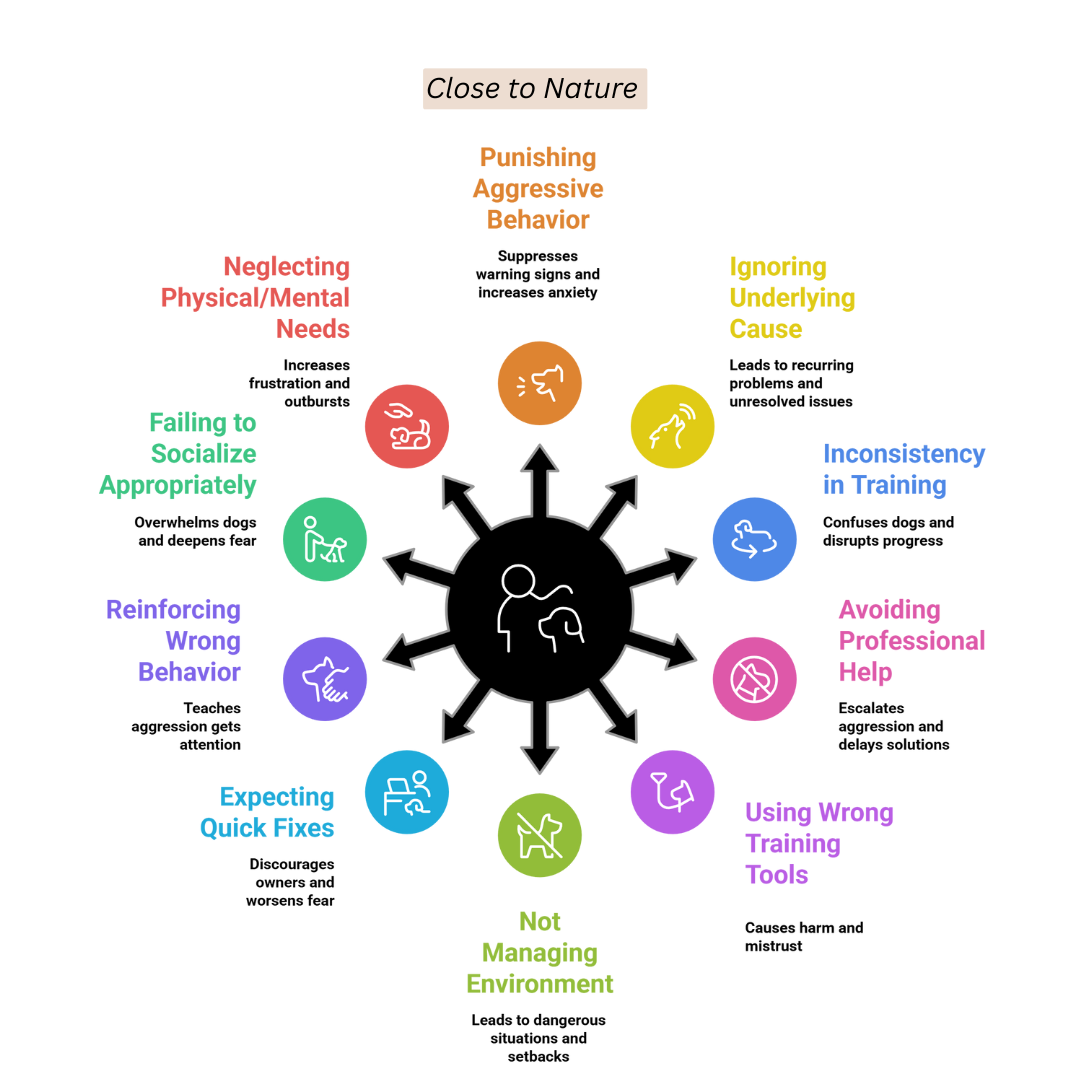
Conclusion
With exemplary commitment and techniques, Aggressive Dog Solutions – Ultimate Training can help turn your dog’s behaviour around.
For change to last, patience, consistency, and positive reinforcement are essential. No matter the cause of aggression, there’s always a solution when you understand your dog’s needs and respond wisely.
Use this guide as your foundation for building a safer, happier relationship with your dog—one based on trust, respect, and mutual understanding.
I trust you enjoyed this article on Aggressive Dog Solutions – Ultimate Training. Please stay tuned for more blog posts soon. Take care!
JeannetteZ
>>> Please click here to read my article on A Full Overview Of Dogs And Their Activity <<<
>>> Brain Training For Dogs Review <<<
My #1 Dog Training Recommendation
Your Opinion Is Important To Me
Do you have thoughts, ideas, or questions? I would love to hear from you. Please leave me your questions, experiences, and remarks about this article on Aggressive Dog Solutions – Ultimate Training in the comments section below. You can also email me at Jeannette@Close-To-Nature.org.
Disclosure
This post may contain affiliate links. As an Amazon Associate and other affiliate programs, I earn from qualifying purchases at no extra cost to you. Please read my full affiliate disclosure.
You might also enjoy these blog posts:
How To Train Your Puppy To Use Outside
Special Tips For Growing Sugar Apple In Containers
Best Essential Oils For Panic Attacks

